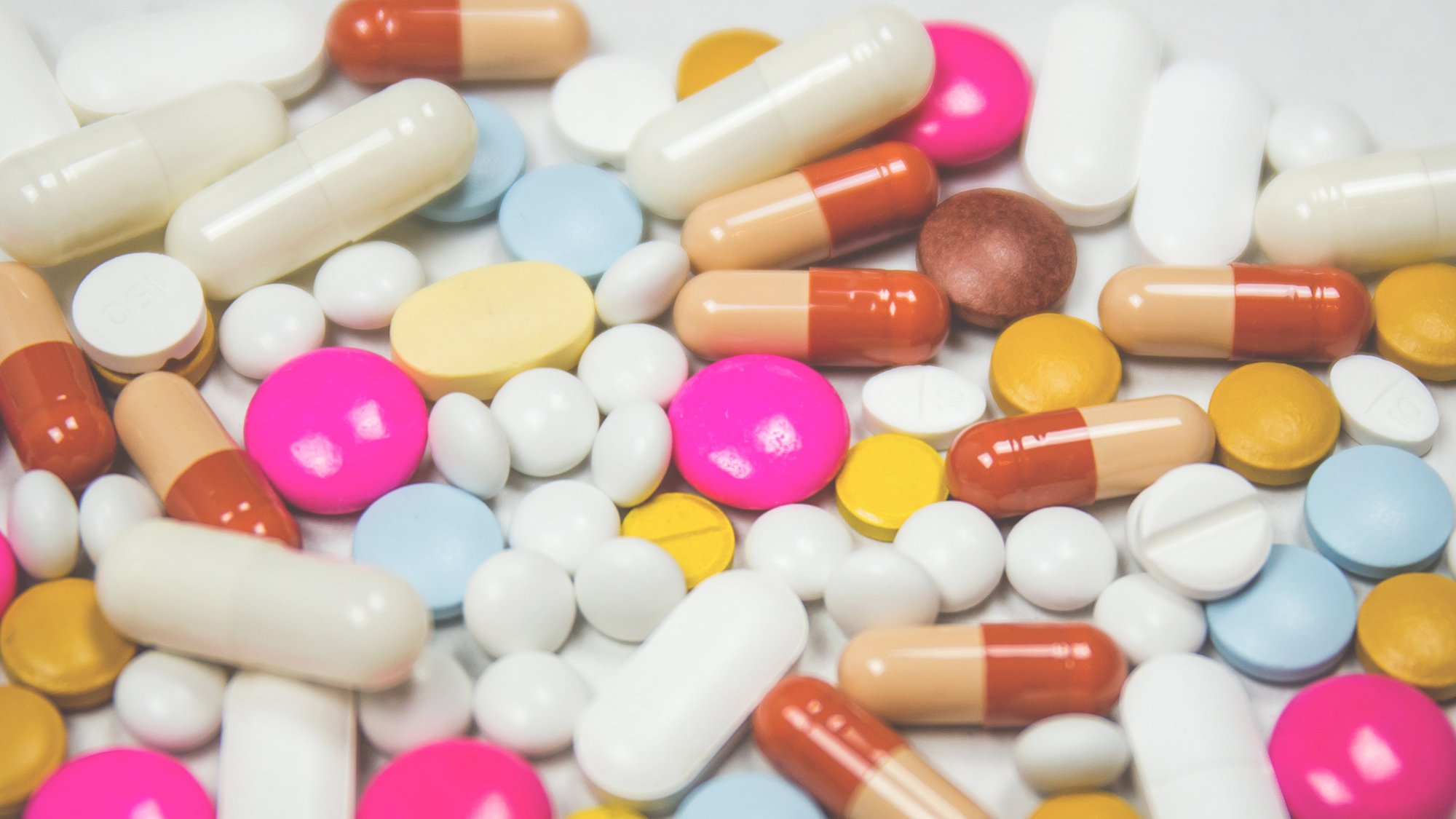Nowadays there are several thousand drugs in the market. At the moment it takes, on average, 12 years for a drug to be developed and approved, with an average cost of more than 1,000 M€. The last part of this long path – after having analysed its biological effects and potential toxicology – is its experimental evaluation in humans: the clinical trials. These are divided into 3 phases:
- Phase I: the pharmacologic and toxic effects of the product are studied in humans, as well as how it is distributed, metabolised and eliminated from the body. These are its pharmacokinetic and pharmacodynamic effects.
- Phase II: is done in a limited number of patients, and it aims to understand the efficiency of the drug and to establish a dose-response relationship for a specific disease or symptom.
- Phase III: is done in a larger number of patients, several thousand, and it confirms the efficiency and security of the drug, with an evaluation of the possible undesired effects.
In order to obtain rigorous and objective results, the assays count with a control group to demonstrate whether the new drug is better than a placebo or a reference drug. Furthermore, the assays are “double-blind”, which means neither the patient nor the researcher knows whether the participant is taking the new drug, a control, or the placebo.
Clinical trials are very regulated and controlled. Before doing any clinical assay, its protocol and all the information that will be communicated to the potential participants must go through a Clinical Investigation Ethical Committee (CEIC). The committee checks the scientific and medical interest of the study, the risk/benefit rate and the conformation with good methodological practices.
Clinical trials are the last part of the drug development process. They are done with volunteers who sign an informed consent and must be approved by ethical committees.
Participants must be informed about the aim, risks and benefits of the research they are being subject to, and they must freely sign a consent form, although they can abandon the assay at any point. Each protocol must also be authorised by the Spanish Agency of Drugs and Health Products. Finally, if it all goes well, the drug will be approved at the national level by that same agency, or by the European Medicines Agency (EMEA) if the register is at the European level.
At the Biomedical Research Park of Barcelona (PRBB) there is a facility with 12 beds for doing phase I clinical trials, managed by the Hospital del Mar Medical Research Institute (IMIM).







